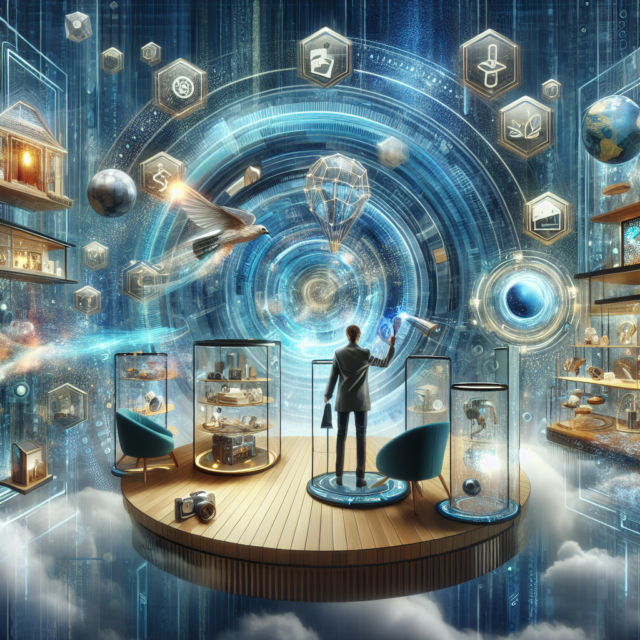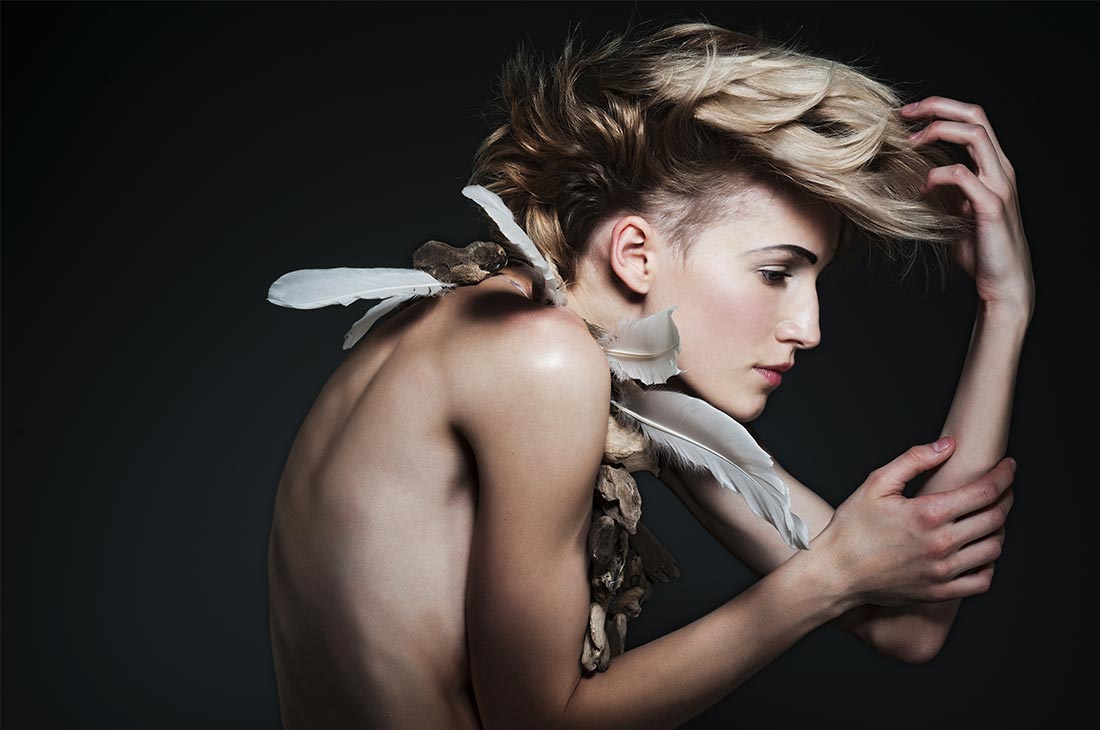Exploring Global Impact of Digital Fashion Influencers
In the rapidly evolving landscape of fashion, digital influencers have emerged as pivotal players, revolutionizing the way trends are disseminated and consumed globally. These fashion-forward individuals leverage social media platforms to reach vast audiences, offering a blend of personal style, brand collaborations, and trendsetting insights. As the digital realm continues to expand, understanding the global impact of digital fashion influencers becomes imperative. This article delves into their rise, influence on fashion trends, and the broader economic and cultural implications.
The Rise of Digital Fashion Influencers Worldwide
Digital fashion influencers have transitioned from niche enthusiasts to mainstream powerhouses in the fashion industry. The rise of social media platforms such as Instagram, TikTok, and YouTube has provided a fertile ground for these influencers to cultivate personal brands and connect with audiences worldwide. Unlike traditional fashion icons who were often celebrities or models, digital influencers typically start as everyday individuals with a passion for fashion and a knack for engaging storytelling.
The democratization of fashion influence is largely attributed to the accessibility of social media. Aspiring influencers can create content with minimal resources, relying on creativity and authenticity to build a following. This shift has allowed diverse voices to emerge, representing a broader spectrum of styles, body types, and cultural backgrounds. As a result, the fashion industry has become more inclusive, with digital influencers championing representation and diversity.
The global reach of digital fashion influencers cannot be overstated. With followers spanning continents, these influencers break geographical barriers, introducing audiences to international fashion trends and fostering cross-cultural exchanges. Their ability to instantly share content with millions has led to the rapid dissemination of styles, making fashion a truly global phenomenon.
Brands have recognized the power of digital influencers and increasingly collaborate with them to tap into new markets and demographics. Influencers offer a direct line to engaged consumers, providing brands with a more authentic and relatable way to showcase their products. This symbiotic relationship has fueled the growth of influencer marketing, transforming it into a multi-billion-dollar industry.
The rise of digital fashion influencers has also redefined the concept of celebrity. While traditional celebrities still hold sway, influencers wield a different kind of influence, often perceived as more relatable and accessible. This relatability fosters a sense of community among followers, who view influencers as trusted style advisors and sources of inspiration.
As digital fashion influencers continue to gain prominence, their role in shaping the fashion industry is set to grow. They are not only trendsetters but also cultural commentators, using their platforms to address social issues, promote sustainability, and advocate for change. This multifaceted influence underscores the significance of digital fashion influencers in the contemporary fashion landscape.
How Digital Influencers Shape Fashion Trends
Digital fashion influencers have become instrumental in shaping fashion trends, utilizing their platforms to introduce and popularize new styles. Their influence stems from their ability to connect with audiences on a personal level, sharing curated content that resonates with followers’ tastes and preferences. This personal touch allows influencers to set trends that are both aspirational and attainable for their audiences.
One of the key ways influencers shape trends is through the creation of signature looks or styles. By consistently showcasing specific aesthetics, influencers can drive interest and demand for particular fashion items. These signature styles often become viral trends, with followers eager to emulate the looks by purchasing similar pieces. This phenomenon highlights the influencer’s role as a trendsetter and tastemaker in the fashion world.
Influencers also play a crucial role in the lifecycle of fashion trends. They are often among the first to adopt emerging styles, providing early exposure and validation. As more influencers adopt a trend, it gains momentum, eventually reaching mainstream audiences. This process accelerates the diffusion of trends, making them more accessible and widespread than ever before.
The interactive nature of social media platforms further amplifies influencers’ impact on fashion trends. Followers can engage with influencers through comments, likes, and direct messages, creating a feedback loop that shapes content creation. This direct engagement allows influencers to gauge audience reactions and refine their style offerings, ensuring that their content remains relevant and appealing.
Collaborations between influencers and fashion brands also contribute to trend formation. Brands often leverage influencers to promote new collections or limited-edition releases, using their platforms to generate buzz and excitement. Influencers’ endorsement can lend credibility and desirability to a brand’s offerings, influencing consumer purchasing decisions and solidifying trends.
Moreover, digital influencers have democratized trendsetting, challenging traditional fashion hierarchies. In the past, fashion trends were dictated by designers and industry insiders. Today, influencers have disrupted this dynamic by giving a voice to consumers and allowing them to participate in the trend-setting process. This shift underscores the transformative power of digital influencers in shaping the future of fashion.
Economic and Cultural Effects of Digital Fashion
The economic impact of digital fashion influencers is substantial, with their endorsements driving significant consumer spending. Brands invest heavily in influencer partnerships, recognizing the potential for increased sales and brand visibility. This investment has spurred the growth of influencer marketing, which has become a critical component of many brands’ marketing strategies.
Digital influencers have also influenced the retail landscape, contributing to the rise of e-commerce and direct-to-consumer models. By promoting fashion products online, influencers drive traffic to e-commerce platforms, encouraging consumers to make purchases with just a few clicks. This shift has prompted traditional retailers to adapt, embracing digital strategies to remain competitive in a rapidly changing market.
Culturally, digital fashion influencers have played a pivotal role in fostering inclusivity and diversity within the fashion industry. Their platforms have become spaces for challenging traditional beauty standards and advocating for representation across all facets of fashion. Influencers from diverse backgrounds have gained prominence, offering alternative narratives and broadening the industry’s cultural horizons.
The cultural influence of digital fashion extends beyond aesthetics, as influencers often use their platforms to address social issues and promote causes. From sustainability and ethical fashion to body positivity and mental health awareness, influencers have become advocates for change, using their reach to inspire meaningful conversations and action.
However, the rise of digital fashion influencers has also sparked debates about authenticity and consumerism. Critics argue that the commercialization of influencer content can lead to a focus on materialism and superficiality. As influencers navigate brand partnerships and sponsorships, maintaining authenticity and transparency becomes paramount to preserving audience trust.
Despite these challenges, the economic and cultural effects of digital fashion influencers are undeniable. Their ability to shape consumer behavior, drive industry growth, and influence cultural norms underscores their importance in the contemporary fashion landscape. As the digital realm continues to evolve, the impact of fashion influencers is likely to expand, further shaping the future of fashion.
In summary, digital fashion influencers have redefined the fashion industry, wielding unprecedented influence over trends, consumer behavior, and cultural narratives. Their rise to prominence highlights the power of social media as a platform for democratizing fashion influence and fostering inclusivity. As they continue to shape the economic and cultural dimensions of fashion, digital influencers represent a dynamic force in a constantly evolving industry. With their ability to engage global audiences and drive change, the impact of digital fashion influencers will undoubtedly continue to resonate across the fashion world.






















